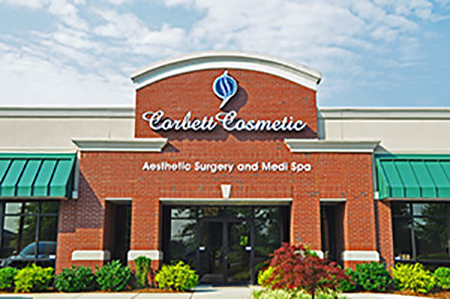I have recently begun answering questions on the Real Self website for prospective plastic surgery patients and patients who have already had surgery. A fair percentage of the patients who post are doing so because they do not like their results, are unsure of how things are going to turn out, or have had a complication. I am surprised that there are so many patients who are 4 or 5 days out from surgery and already are doubting their surgeons advice. So, I thought I would offer my recommendations on how to handle things if you find yourself in this situation.
First, understand that your surgeon wants you to have a ‘perfect’ result just as much as you do. Personally, my goal is perfection every time I step up to that operating table. Surgeons are an unusual breed. We are super Type A, detail oriented people. My point is your doctor wants great results just like you do. So trust him or her when they tell you things will improve/change. I realize it may seem like they are dismissing your concerns but they aren’t. They’ve just seen this scenario play out literally thousands of times and they are confident this, whatever ‘this’ is, will indeed get better.
Fact: There is no plastic surgery operation in existence where you will see your final result in less than 2-3 months. Soft tissue swells as it heals and so you will not see your final result until that swelling is gone and the tissues normalize.
If you see something you don’t think looks right, ASK YOUR SURGEON! Stay off of the dang internet, don’t call your niece who is a nurse, or the neighbor who knows someone in “whereever-ville”, ask your doctor. He or she knows your particular circumstance better than anyone else.
Now sometimes things don’t turn out as you or your surgeon expected. This can be due to unrealistic expectations on the patients behalf, miscommunication on what you expected from your procedure, or it can be due to the fact that what your surgeon saw in the operating room changed as you healed. In other words, sometimes revisions are necessary. No one likes revisions because they mean more surgery and recovery and costs. But sometimes it becomes the reality and if you are considering surgery you need to be willing to accept this reality. Revision rates are usually quite low with the things we do but they do occur. Your surgeon will be able to tell you early on if this is a possibility.
Complications. There is an old saying in surgery. “The only surgeon who doesn’t experience a complication is the surgeon who doesn’t operate”. This is true. It could be a bleed, or an infection, or a thick scar etc…In these cases trust your surgeon and communicate with them. We train 7 or 8 years to be Plastic Surgeons. I could teach just about anyone how to technically do any operation I do in a week or two. So why do we train for 8 years? Because we have to know how to handle every complication that can possibly occur from an operation. The Chairman of my General Surgery residency had this philosophy: “As a surgeon, you are not qualified to perform an operation until you are expert at every aspect of the pre and post operative care for that particular operation, including any complications.” My point in telling you all of this is if you do have a problem, your surgeon is well trained to help you and get you to where you want to be.
So when in doubt, go see your doctor. I guarantee you your doc would much rather see you lots than have you home worrying, stressed out that things might not be ok.
Lee E. Corbett, MD
Board Certified Plastic Surgeon.



